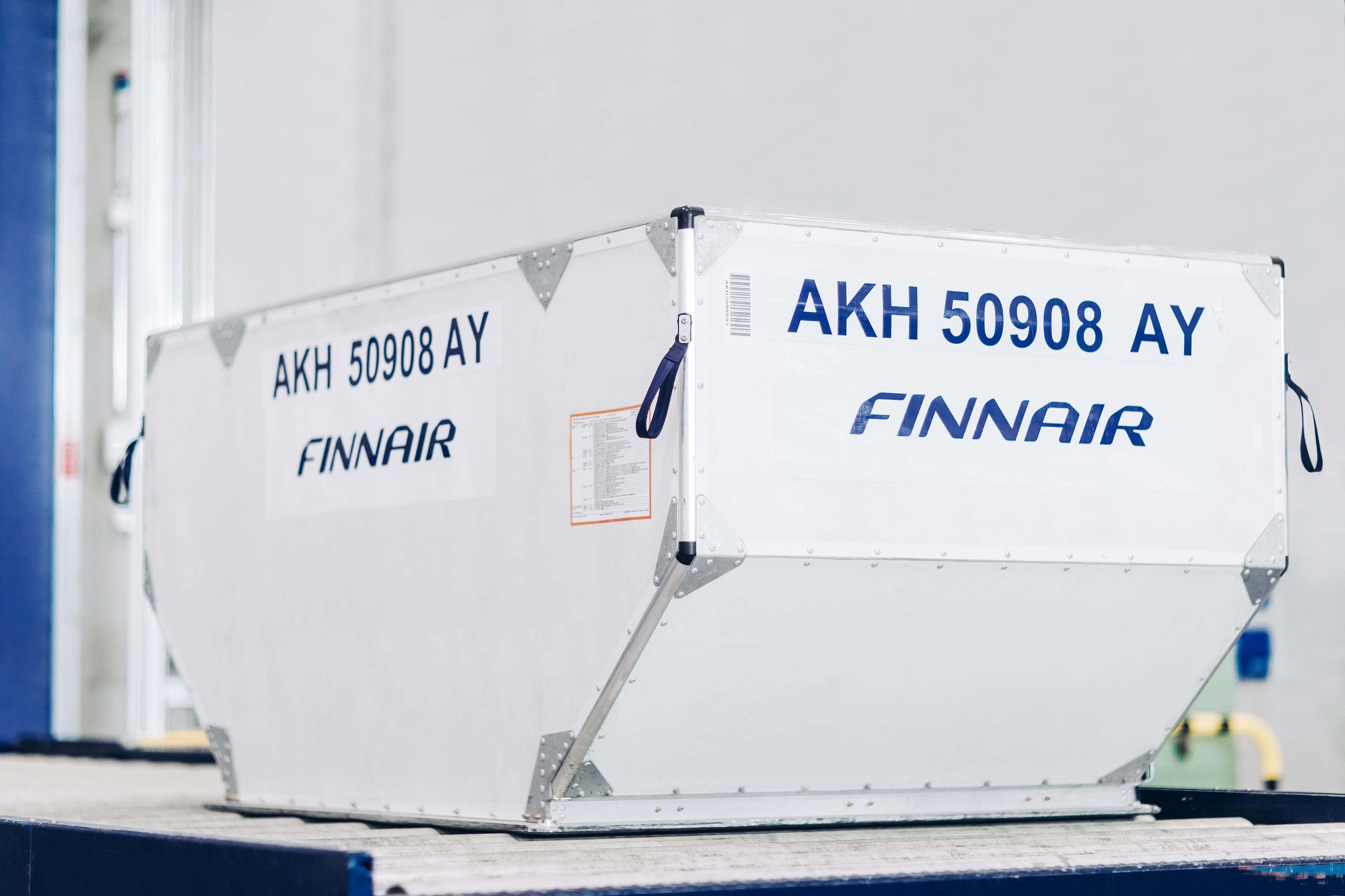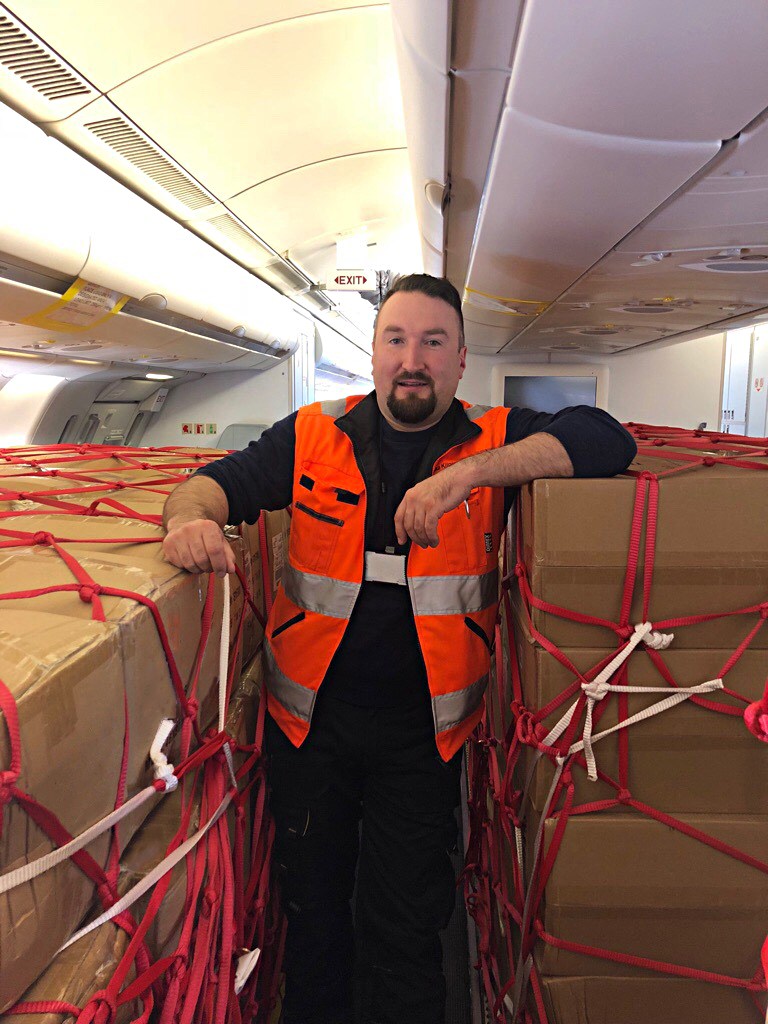Britit asuvat saarella, eikä merkittäviä joukkomääriä ole sijoitettu pohjoiseen tai Baltian alueelle. Maavoimien Strike-prikaatit pitää laivata alueelle pääosin, koska ilmasilta ei todennäköisesti riitä.
Siinä joudutaan turvautumaan LPD-aluksiin, joita on pari jäljellä, HMS Albion ja HMS Bulwark. Varsinaisia heko-tukialuksia ei ole, vaikka Prince of Wales on ilmeisesti tähän varustettu. Se tarkoittaisi 24 F-35 koneen karsimista hyökkäysjoukosta, mikäli ei ole kenttiä.
Brittien akilleen kantapää on heikkenevä laivasto ja sen Littoral Strike-kyky. Yhtä kommandoprikaatia uhkaa lakkautus (42 commando). Jos maihinnousutukialuksia ei uusita, seurauksena on Strike-kyvyn heikkeneminen olemattomiin. Joukot pitää kuljettaa Norjaan tai Baltiaan meritse ja se vaatii RN kykyä käyttää laivoja.
RUSI on kirjoitanut aiheesta 2019 ja esittänyt UK:n mahdollisuudet toimia nykyisellä kalustolla ja joukoilla:
Rather than land heavy forces in a large scale ‘invasion’ scenario, independent UK and coalition amphibious operations are more likely to include raiding, demonstrations of force, evacuations of forces or trapped civilians, and support to other military operations. The Littoral Strike group may be used to attack inland targets from positions in littoral zones, seize key terrain for limited periods of time and destroy coastal A2AD assets.
In the excellent RUSI paper ‘Requirements for the UK’s Amphibious Forces in the Future Operating Environment’ (by Kaushal and Watling, Nov 2019) they offer four specific examples of how UK Littoral Strike group could be used. (1) Intervention to remove a Russian force that had landed on the Norwegian archipelago of Svalbard in the high north to prevent the installation A2AD systems. (2) To reinforce or prevent the seizure of the islands of Gotland, Åland or Bornholm in the Baltic by Russia. (3) The seizure of the Iranian island of Abu Musa in the Strait of Hormuz to prevent its use as a base for mine laying and attacks on commercial shipping as the Iranians have threatened. (4) Intervention in Hodeidah, Yemen to prevent a humanitarian catastrophe and reduce the threat to shipping in the Red Sea.
If the UK is serious about its stated commitments to an Arctic Strategy, support to NATO in Europe and keeping the sea lanes opens in the Middle East, it is clear that credible amphibious capability is a prerequisite. Although not the main justification for amphibious vessels, decision-makers should also remember they are perhaps the best suited of all warships for humanitarian and disaster relief (HADR) and are likely to perform this mission more frequently than any other.https://www.savetheroyalnavy.org/royal-navy-amphibious-warfare-capability-in-flux/
Nopein joukko joka JEF-operaatiolla saataisiin meille apuun on Parat ja Merijalkaväki. Maavoimat tuskin kerkeää ensimmäiseen satsiin. Briteiltä voisi korkeintaa odottaa Gotlannin tai Ahvenanmaan miehittämistä joukoilla, ei suoraa hyökkäystä. Tärkein suora tuki Brittilaivastolta ja ilmavoimilta olisi ohjusiskut Venäjän tärkeisiin kohteisiin ja ilmapuolustukseen. Hyvä niinkin.
Mikäli LSS-alukset ja Littoral response Groupit tulevat joskus, olisi niillä erittäin nopea kyky vastata alueellisesti ja turvata sillanpääasema pääjoukon saapumiselle:
Once the light forces of the LRG have penetrated and degraded local defences, it would then be possible to deliver heavier follow-on forces from the LPD or carrier. There are those who consider the use of landing craft redundant and that amphibious assault should be entirely airborne. Besides the problem of the RN’s newly acquired ‘helicopter assault ship gap’, aircraft also have their vulnerabilities and can only deliver troops with what they can carry. If a presence on the ground is going to require a foothold more than a few hours, sustained supply of heavy weapons, ammunition, food and possibly vehicles and fuel will be needed, most of which will probably have to be delivered by landing craft over the beach.
Se jäänee nähtäväksi että onko Koronan ja EU-eron kurittamalla UK:a tähän rahaa ja tahtoa.




